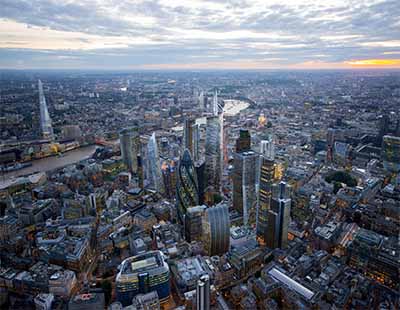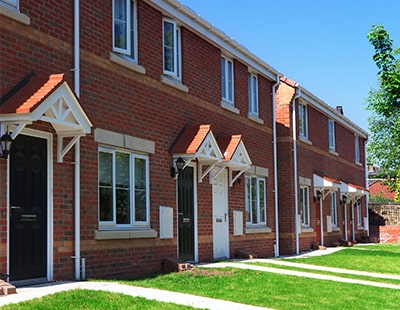Soaring rents are tempting investors back into the capital's lettings market, according to September’s Home.co.uk Asking Price Index.
A revitalisation of the London sales market is being initiated by rock-bottom sales and rental stock levels, with several key boroughs leading the way. Wandsworth, Hackney, Haringey, Hammersmith & Fulham, Southwark and Islington are all recording double-digit rent inflation, soaring yields and, as a result, home prices which are about to surge.
Overall, the research revealed that Greater London's price correction is complete, with both supply and residual sales stock levels shrinking and a return to price growth. With yields improving at a rapid rate, Home predicts a wave of investment, starting in the central boroughs and moving outwards, which will trigger ‘breath-taking’ growth in house prices over the next year and beyond.
Despite ‘all manner of Brexit hysteria', the findings show that, nationwide, house prices are holding steady. That said, at a regional level, the property market presents a very mixed picture. At one end, northern and western regions (especially Wales) are in the final throes of their growth phase, while the East of England is ‘firmly in the grip of the inevitable price correction’ following a prolonged period of ‘unsustainable growth’.
The research also found that the South East property market, like that of London, is displaying some renewed strength. By contrast, both the East and West Midlands property markets are set for a painful period of price correction after many years of ‘excessive growth’ (36.4% and 35.9% respectively since September 2012).
In the northern regions, meanwhile, steady house price rises are continuing, with the risk of price falls currently looking very low. However, only Wales continues to show real growth, with year-on-year house price increases above the official rate of inflation.
According to Home’s findings, annualised price growth across England and Wales remains in the red, but only by the smallest margin of -0.1%, making September the eighth consecutive month of negative growth. In September 2018, the annualised rate of increase of house prices was 0.9%.
Typical time on market narrows, supply levels down
The typical (median) time on market for England and Wales currently stands at 96 days, just six days longer than in September 2018, a narrowing margin.
Increases in typical time on market is at its worst in the areas with the largest regional slowdowns: the East of England (+13%), the East Midlands (+13%), the South West (+11%) and the West Midlands (11% year-on-year).
In London, typical time on market is down in the Hackney, Fulham and Haringey markets, which are on the rebound as competition for the limited stock available stabilises the median price.
Prices, in fact, are already on the rise in Haringey, with the typical asking price up 2% year-on-year.
When it comes to stock levels, total sales stock levels across England and Wales were slightly down again by 3%, while in London stock levels were down 18% year-on-year, helping to rebalance supply and demand.
Supply of new instructions, meanwhile, was down 14% in Greater London and by 2% overall (year-on-year, in England and Wales).









.png)

.jpg)








Join the conversation
Jump to latest comment and add your reply
I recently advertised a 2 bed flat in South London, I had the advert live for 4 hours and got 50 applicants. When i was conducting viewings one pair of applicants offered me £150 per month more than I was asking for.
Please login to comment